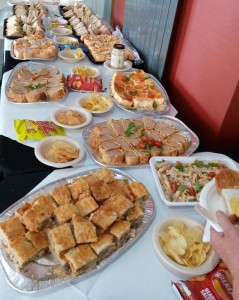Half of all women over the age of 50 will break something. And here I am, typing this slowly with my left hand – having broken my right wrist 😦
The mortality rates from breaking a hip or femur over the age of 65 are startling. 30% will die within a year; half the others will need a walking stick, frame or wheelchair.
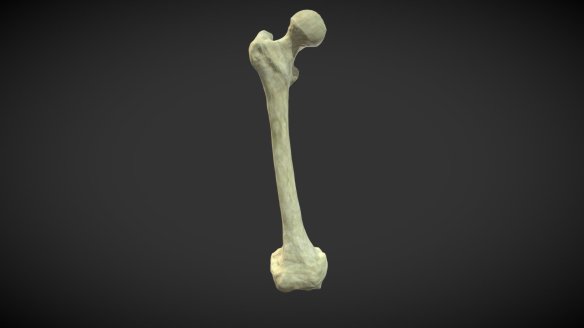
Osteoporosis results in a broken bone every 3 seconds worldwide. Reduced bone density (osteopenia) plus slips, trips and falls are the usual reasons for a broken bone, as I now know too well. I had a stern talking to from an osteopath recently when I went to get my hip looked at (it’s fine – a little wear and tear and some tight muscles). He was horrified as I described my catalogue of falls and said, “THE number 1 priority is to stay on two feet.”
He said this to me just before I slipped on an icy pavement. I’m still in plaster and haven’t told him yet….
So I’m doing extra work on my balance. But I’m afraid my 2D vision is a condition life dealt me and there’s nothing can be done to make me see in 3D and I expect I will continue to fall periodically (I hope with less painful consequences), so it’s vital I do what I can to keep my bones strong.
Nutrients
Key nutrients for your bones are: vitamin D, vitamin K, magnesium, calcium and collagen.
The vitamins are fat soluble – that means you need fat. Actually you absorb calcium much better in the presence of fat too. Skimmed milk contains plenty but you’ll only absorb ~6% of it.
Nutrients usually work synergistically together in the body rather than individually. Calcium needs Vit D, Vit K2 and magnesium to work properly.
Supplementing with vitamin D (which most people need) or calcium (which most people do not need) without also taking magnesium and K2 can result in the deposition of calcium in your arteries instead of your bones.
The best food sources of the key nutrients are:
Calcium: Full fat dairy, small oily fish with bones like sardines, cruciferous vegetables, figs, spirulina.
Too much calcium increases bone density but does not reduce chance of fracture.
Vitamin D: Fish liver oil, dairy & eggs. Food alone will not supply all you need.
In the summer, the best way to get your vitamin D is by exposing skin eg arms and legs, to the sun. That means shorts and T-shirt for ~20 minutes on a good day, without sun cream. Remember not to let yourself burn – you know your own skin.
You’ll need D3 supplements from October to March when the shallow angle of the sun in the UK means the UVB is absorbed in the atmosphere so we can’t make it.
Vitamin K: Liver, dark green leafy vegetables, pomegranate, fermented foods, animal fats, egg yolks and hard cheeses.
Magnesium: Mackerel, avocado, pumpkin seeds, seaweed, nuts and spirulina. And you can put Epsom salts in your bath and absorb it through your skin. Note that alcohol causes you to lose magnesium.
Be aware that the anti nutrients phytic acid in grains, legumes, soya and seeds, and oxalic acid in buckwheat, spinach, rhubarb, parsley, beets, cocoa, most nuts, berries and beans, block the absorption of minerals including calcium and magnesium.
Collagen: Fish, meat, eggs. Bone broth is particularly good as is chicken with the skin on and pork scratchings.
Exercise
You can build and protect bone density with weight-bearing exercise. Starting young is helpful but it’s never too late to start.
Here’s my blog on muscle, exercise and protein.
Women
Sorry girls but the dreaded menopause affects our bone density as well as so many other things. Another reason to prioritise good diet and exercise as early as possible.
Risk Factors
The incidence of hip fractures varies enormously between countries, suggesting that decline is not inevitable. The UK is worse than 2/3 of the world so our diet and lifestyle are not doing us any favours. We can’t control all the risks – especially our age, but you might see some on this list that you can improve:
- age
- smoking
- drinking (alcohol)
- drinking (Coca-Cola – it contains phosphoric acid and your body leaches calcium out of your bones to buffer the acid)
- protein-deficient diet
- sedentary lifestyle
- meat-free diet (vegetarians have double the rate of hip fractures compared to meat eaters)
- low body weight
- short sleep duration (eg <7h)
- certain medications
Top tip: Take care of your bones
———————————
.
Welcome to my website.
If it’s your first visit, head over to the Welcome page to find out what I’m about and for links to my top articles.
.
Eat Well News
To get my full Eat Well News, sign up here. It’s so much more than the blog posts I write. I’ll be in touch with you about nutrition and health, and to provide articles, and updates (eg research and campaigns relating to nutrition and health), and marketing (eg events, products, services, talks and courses), and recipes, and things to bring a smile.
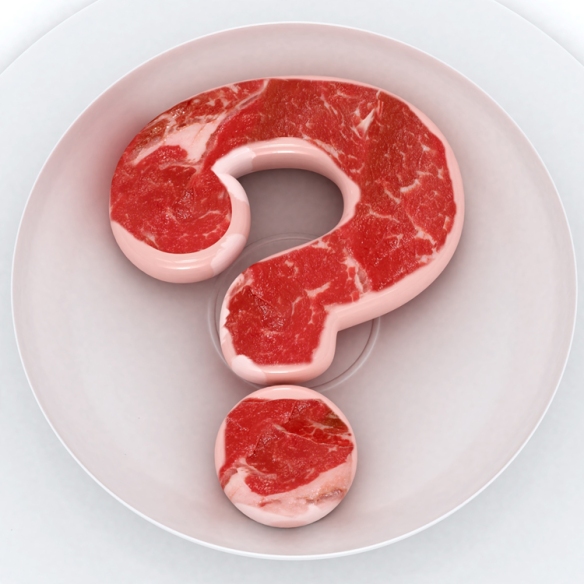




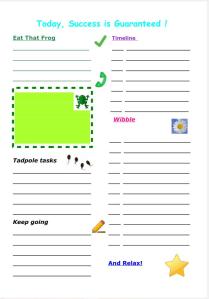

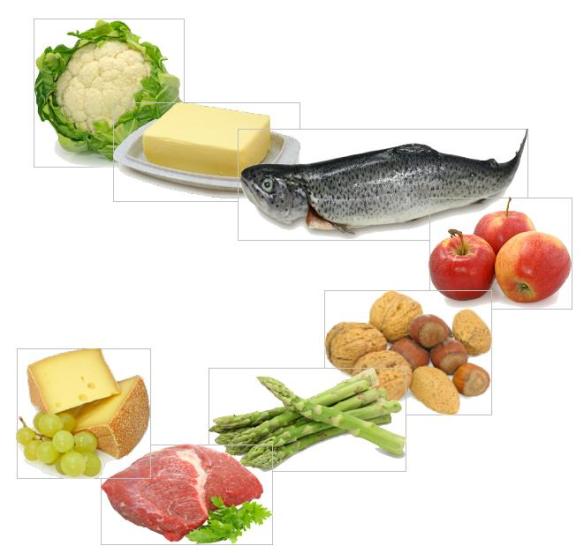
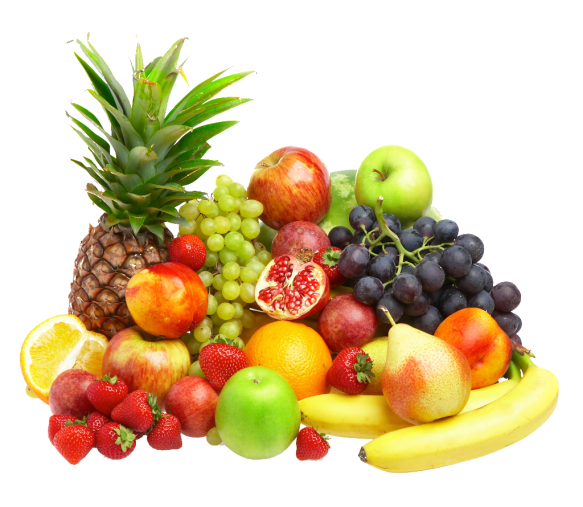
 “Gorging on sweet fruit during summer enabled us to store fat for periods of food scarcity in winter. For millions of years though, this worked because sugar was rare. Now it’s everywhere – but our biology hasn’t caught up.”
“Gorging on sweet fruit during summer enabled us to store fat for periods of food scarcity in winter. For millions of years though, this worked because sugar was rare. Now it’s everywhere – but our biology hasn’t caught up.”


